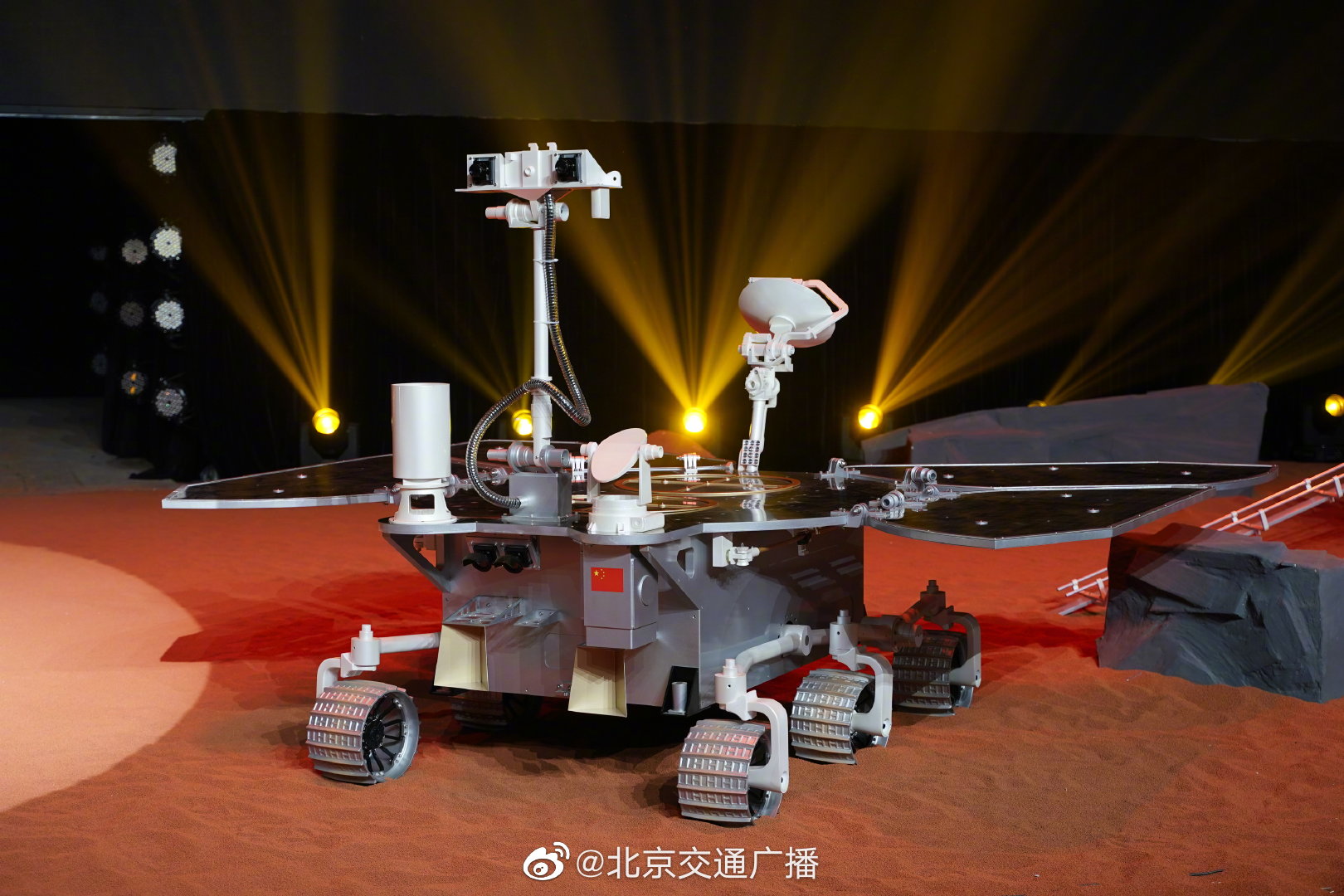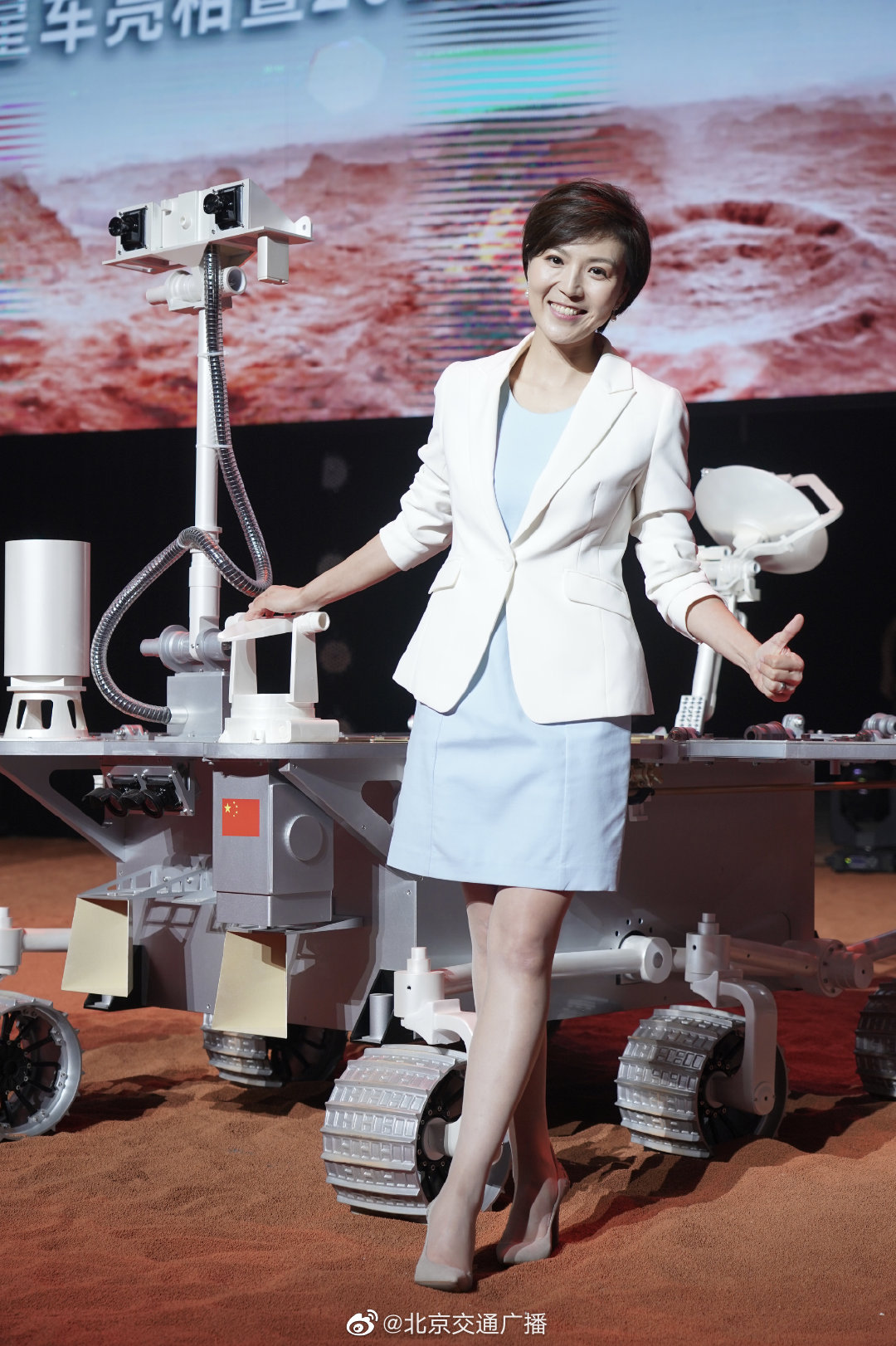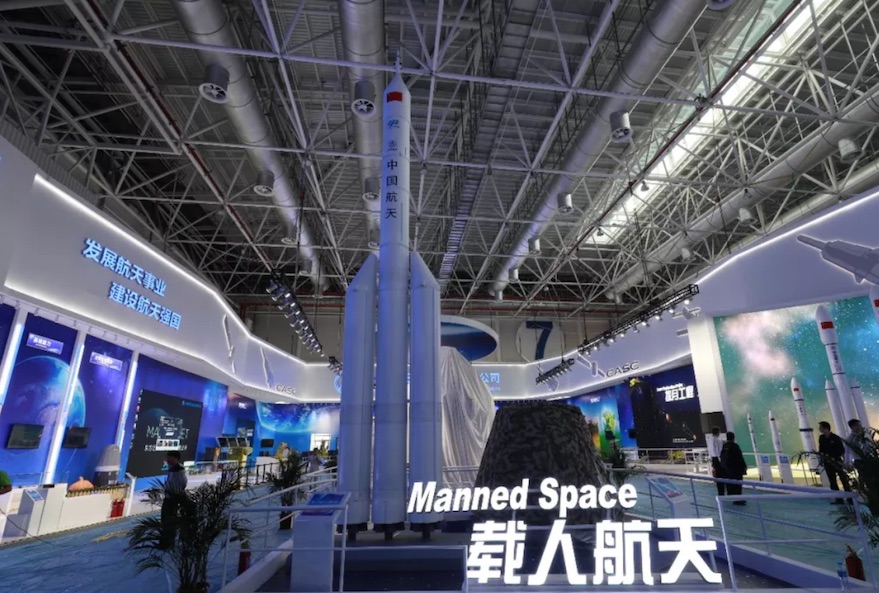skywatcher
New Member
- Joined
- Apr 25, 2020
- Messages
- 4,446
- Likes
- 1,344
LandSpace 80 ton thrust methalox engine TQ-12 400 seconds hot fire test on 30 Jan 2021
View attachment 75717
LandSpace 80 ton thrust methalox engine TQ-12 400 seconds hot fire test on 30 Jan 2021
View attachment 75717
Tianwen took selfie en route to Mars
Full scale mockup of Tianwen Mars lander and rover size comparison




The orbiter’s seven instruments include a:Tianwen took selfie en route to Mars

Tianwen lander test

Tianwen(literally, "Heavenly Questions") Mars spacecraft orbit insertion was completed today.
The 5 ton spacecraft includes an orbiter, a lander and rover.
It will orbit Mars for three months to conduct a detailed mapping of Martian surface and build landing models and will attempt a challenging soft landing in May. If the landing is successful, the lander will deploy a Mars rover.
All soft landing attempts on Mars(including unsuccessful landings)Tianwen took selfie en route to Mars

Tianwen lander test

Tianwen(literally, "Heavenly Questions") Mars spacecraft orbit insertion was completed today.
The 5 ton spacecraft includes an orbiter, a lander and rover.
It will orbit Mars for three months to conduct a detailed mapping of Martian surface and build landing models and will attempt a challenging soft landing in May. If the landing is successful, the lander will deploy a Mars rover.
View attachment Tianwen-1_schematic.pngThe orbiter’s seven instruments include a:
The Tianwen 1 rover is cocooned inside a heat shield for a fiery descent to the Martian surface. After releasing from the orbiter mothership, the lander will enter the Red Planet’s atmosphere, deploy a parachute, then fire a braking rocket to slow down for landing.
- Medium-Resolution Camera
- High-Resolution Camera
- Mars-Orbiting Subsurface Exploration Radar
- Mars Mineralogy Spectrometer
- Mars Magnetometer
- Mars Ion and Neutral Particle Analyzer
- Mars Energetic Particle Analyzer
The rover’s six science payloads include a:
- Multispectral Camera
- Terrain Camera
- Mars-Rover Subsurface Exploration Radar
- Mars Surface Composition Detector
- Mars Magnetic Field Detector
- Mars Meteorology Monitor
It's just a optical communication satellite with quantum encryption.Hi - Can you post some information on "China Quantum Satellite". (From Chinese sources/forums)
@skywatcher @smooth manifold
A Long March 4C rocket launched Yaogan-31 Group 03 satellites from Jiuquan on 24 Feb 2021.A Long March 3B/E rocket launched a mysterious TJSW-6 satellite from Xichang on 4 Feb 2021.
It is the 360 flight of Long March series.
Orbital launches from Chinese launch centers: 392
(Long March/Kuaizhou/Smart Dragon/Kaituozhe/Hyperbola/Ceres)
Jiuquan - 138
Xichang - 153
Taiyuan - 89
Wenchang - 10
Sea Launches- 2
500 ton thrust RP-1/LOX engine YF-130 semi-system test on 5 March 2021.
China will continue with both Long March 9 & "921". Jiang Jie, chief designer of the CZ-3A, says China will continue development of 2 types of super heavy launchers across the new 14th 5 year plan (2021-2025).
Long March 9 is a 140 tonnes to LEO/50t+ to TLI, 10m-diameter core super heavy launcher for infrastructure whereas unofficially nicknamed "921"/"Long March Heavy" would be a 3-core rocket, 70t+ to LEO/25t to TLI, for launching crew, 5m-diameter cores
Long March 9, "921"/"Long March Heavy", Long March 5 and Long March 5B
View attachment 80299
High resolution image(right) of Mars surface by TianwenNorth Pole of Mars imaged by Tianwen
View attachment 80361

 spacenews.com
spacenews.com
| Thread starter | Similar threads | Forum | Replies | Date |
|---|---|---|---|---|
|
|
Maldives : News, Updates & Discussions. | Subcontinent & Central Asia | 2 | |
|
|
Latin America : News , Updates & Discussions. | Americas | 7 | |
|
|
European Union(EU) Politics - News, views and Updates | Europe and Russia | 7 | |
|
|
EU : News , Discussions & Updates. | Europe and Russia | 0 |
